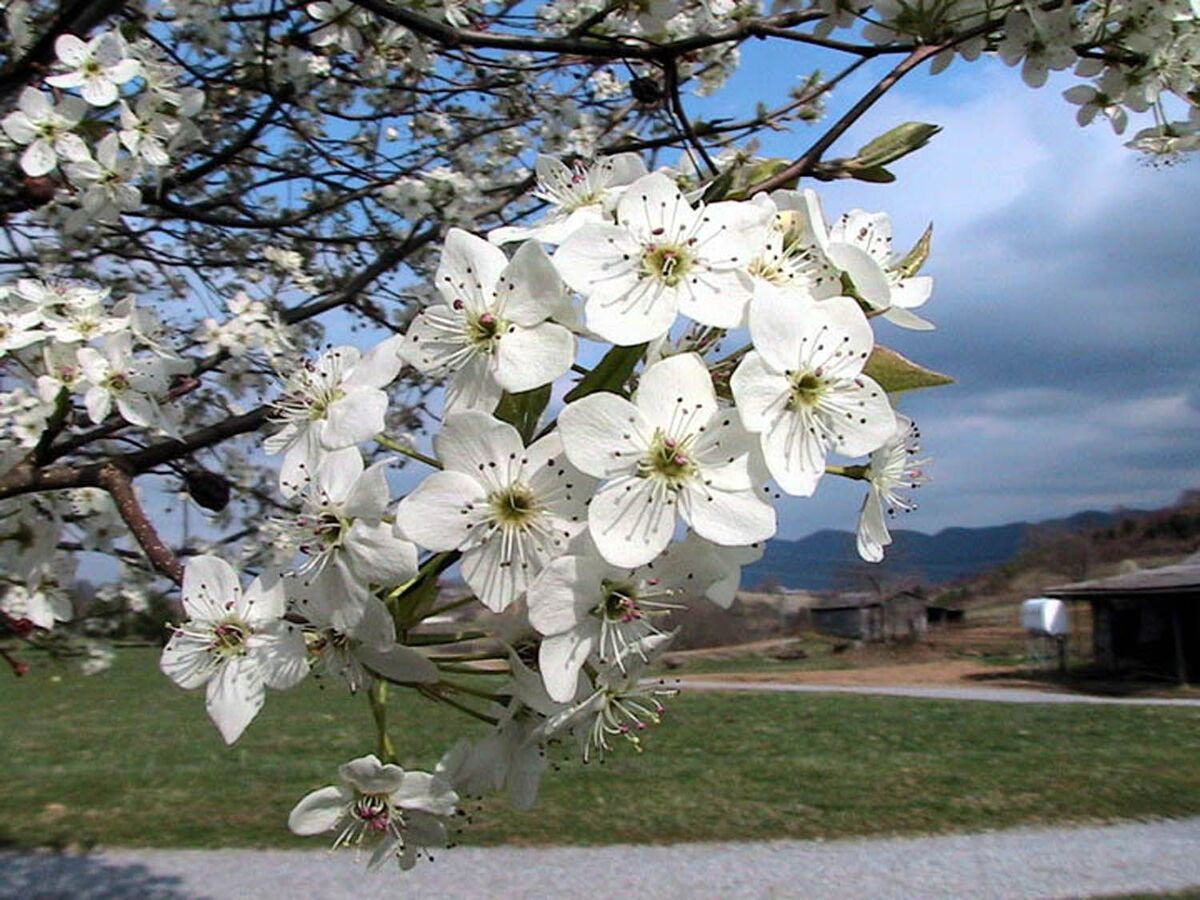
Considering planting a tree in your Austin yard? It’s a good idea since trees offer beauty, shade and can clean the air. They may even boost your property’s value. There are, however, some types of trees you should absolutely avoid. Why? Some are messy. Some are invasive. And, well, read on to learn more.
1. Ash
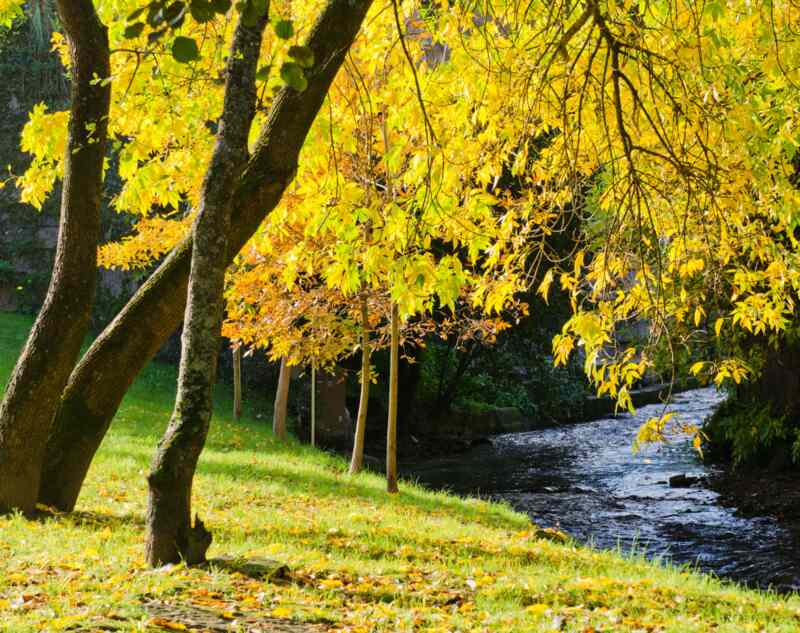
Ash trees are strong and beautiful trees common in parks in metropolitan areas. Unfortunately, this tree may not last long thanks to the emerald ash borer, a tiny beetle tha has killed hundreds of millions of ash trees since its discovery in Michigan in 2002. While emerald ash borer hasn’t arrived in Austin yet, the beetle has appeared in several counties in East Texas.
2. Black Walnut
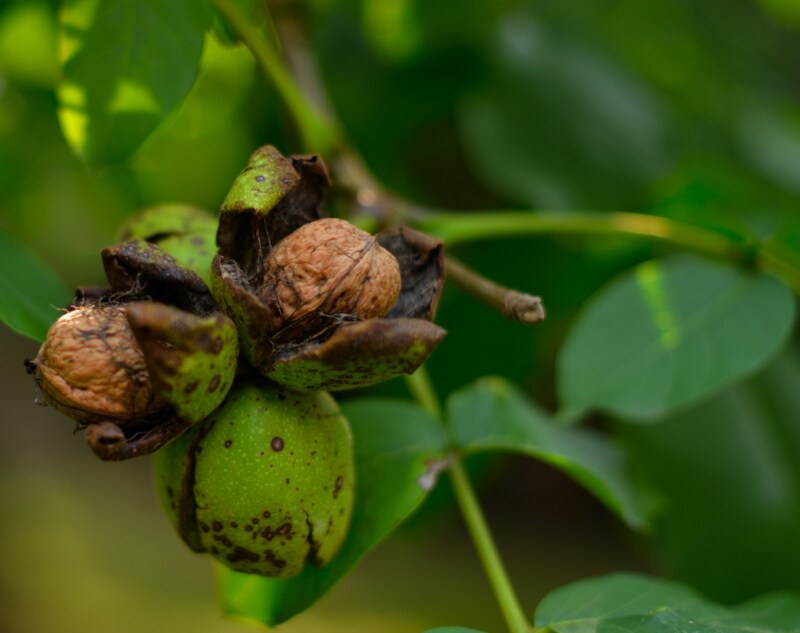
Walnut wood is in high demand for furniture and cabinets. Good. Chop more of them down. This tree produces a lot of pollen and drops fruit with hard seeds that are a pain to clean up in the fall. That’s not even the worst part: This tree secretes toxins that can kill nearby flowers and vegetable gardens.
3. Bradford Pear
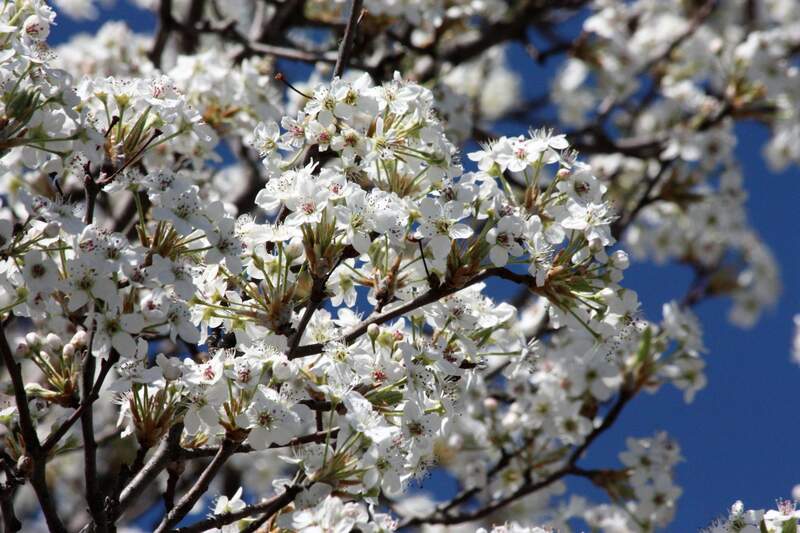
The Bradford pear tree grows quickly and produces a beautiful white flower in the spring. That quick growth means its wood is weak and it can topple during storms or windy weather. Those white flowers look pretty, but they smell terrible (some people compare the smell to mold or dirty diapers). Arborists consider the Bradford pear tree an invasive weed, making it one of the worst trees to plant in Austin — or anywhere else!
4. Cottonwood
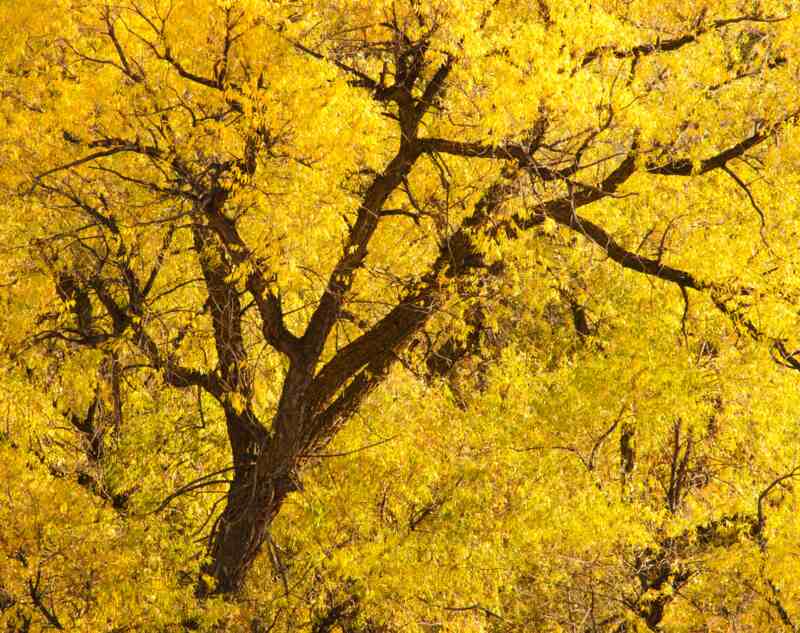
Stately and tall cottonwood trees look good, but they’re a bad investment. Their wood is brittle and susceptible to wind damage, and they don’t live long. The female plants produce cottony seeds (hence the name) that pile up on everything. This annoying white fluff can clog gutters and air conditioners, and it torments people with allergies.
5. Eucalyptus
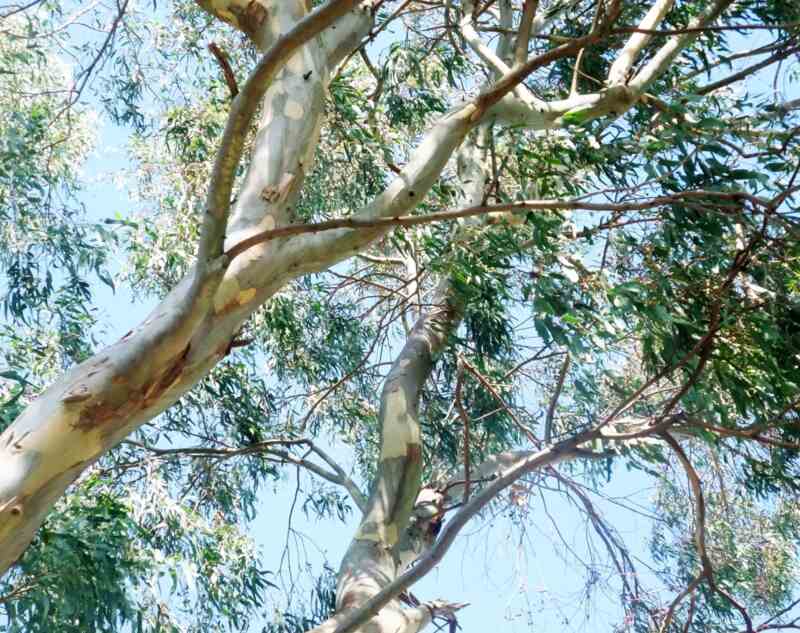
Eucalyptus trees are native to Australia and became quick favorites here because of their rapid growth. They shed their bark each year though, adding to your cleanup chores. Large branches can also fall off with little warning. This is a hazard to the ground or anything and anyone below the tree.
6. Mimosa
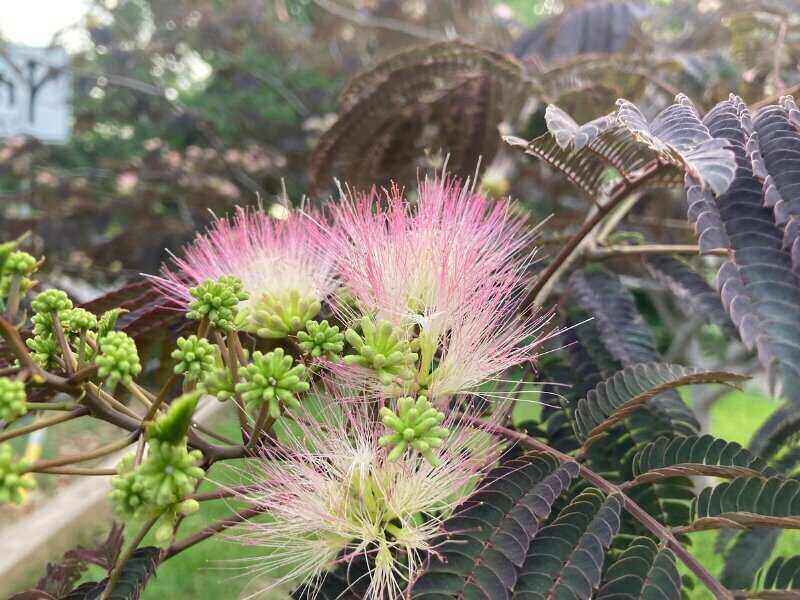
Mimosa trees (also called silk trees) are beautiful with their fern-like leaves and fragrant pink flowers. But their wood is weak, and they produce lots of super invasive seeds. They might also annoy your neighbors because they dump their flowers and leaves as far as possible. The seeds re-sprout when damaged and can edge out native trees and shrubs.
7. Linden (or Basswood)
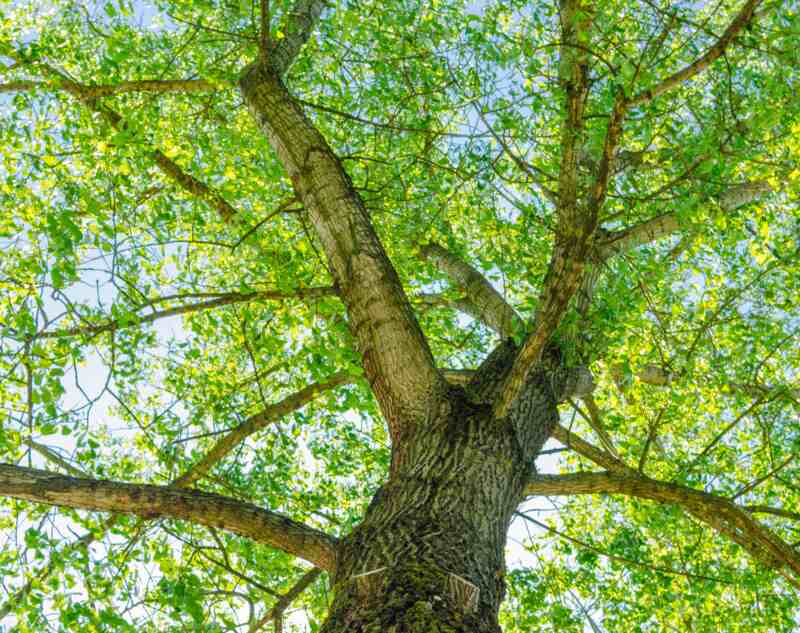
Lindens are deciduous trees that can grow as tall as 130 feet. Their pretty, fragrant flowers attract so many bees that the tree seems to buzz. For several weeks in the summer, the flowers produce a sweet and sticky sap that falls on everything below, including driveways and cars.
8. Lombardy Poplar
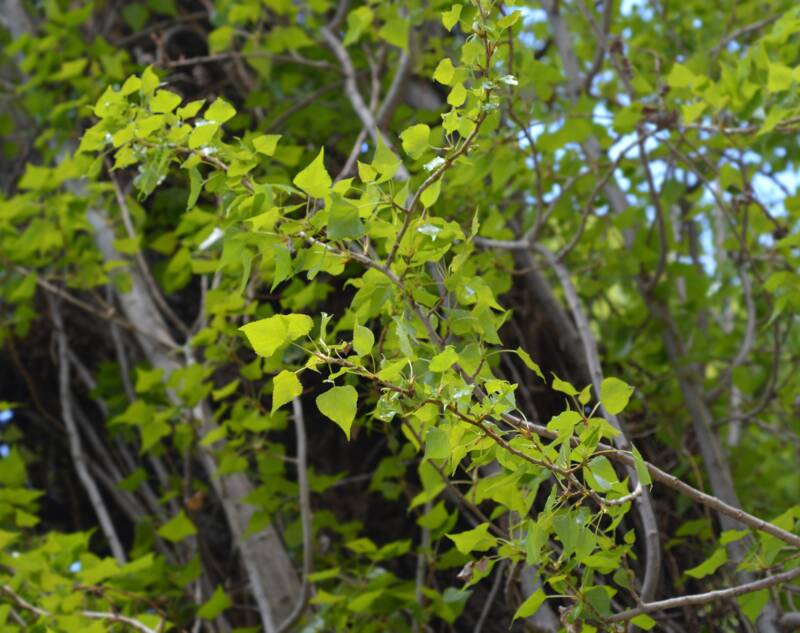
The Lombardy poplar is a quick-growing privacy tree. Since it can grow up to 6 feet per year, people use these trees for windbreaks. This poplar is susceptible to pests and can go from gorgeous to gross quickly. The Lombardy poplar’s running roots are invasive to nearby vegetation and are tough to remove.
9. Mulberry
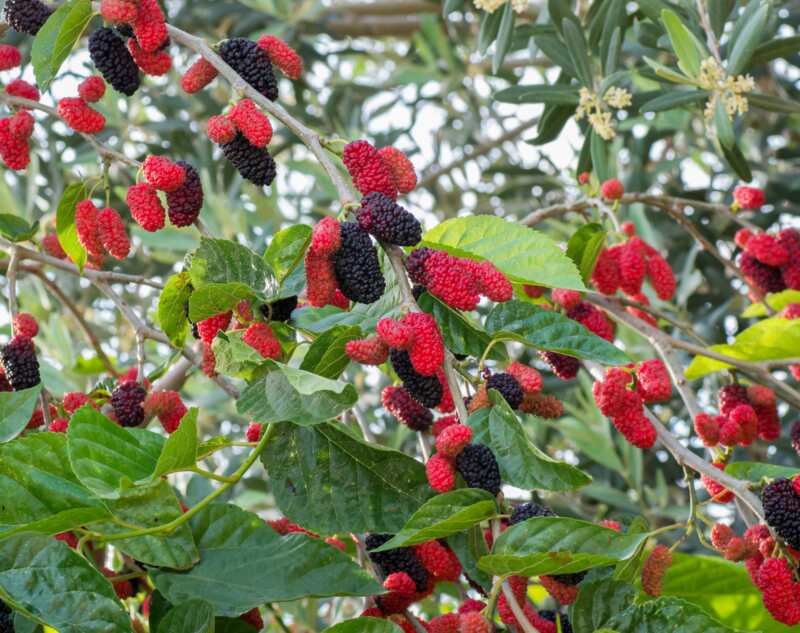
The mulberry tree provides amazing shade, so much so that anything growing underneath it is doomed to die. The fruit of this tree is very messy and can cause invasive seeding. Birds gorge on the fruit, which leads to seedy purple bird poop that splatters on everything (maybe too much information but it’s true!). The roots are also large and shallow, and they’re very good at cracking sidewalks and driveways.
10. Willow
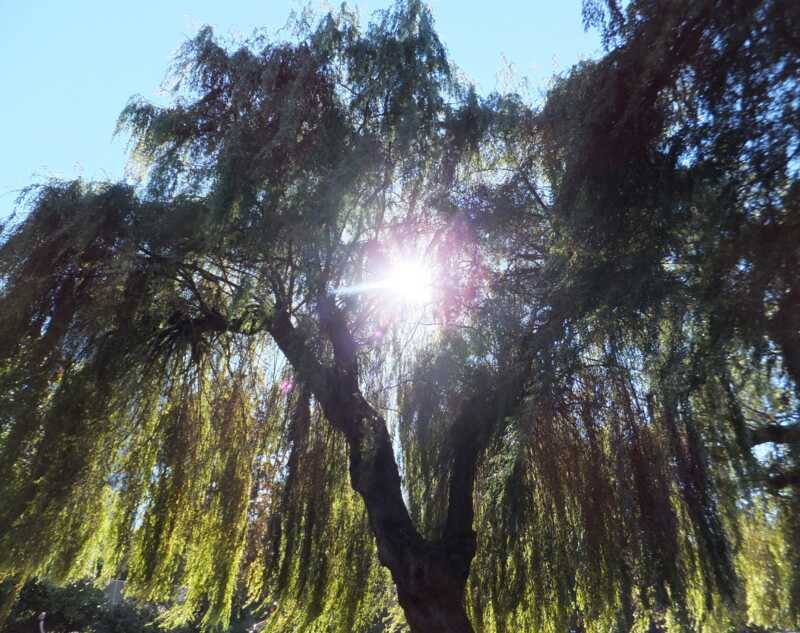
Willows thrive along streams and riverbanks and help preserve these habitats. In your backyard, these thirsty trees can destroy sewer lines and sprinkler systems. They also don’t last long, with a lifespan of about 30 years, making willows one of the worst trees to plant in Austin.
When to Call a Landscaping Pro
There are many payoffs to planting trees such as live oaks, cedar elms, and American holly. They’re all native to Austin and drought tolerant. Skip the bad landscaping investments on this list to spare yourself some headaches and a lot of extra yard work. Not sure what trees will work best in your yard? Find an Austin landscaping pro to help you choose trees, flowers, ground covers, and more.
Main Photo Credit: Bradford Pear Tree, C. E. Price / Pixnio / License